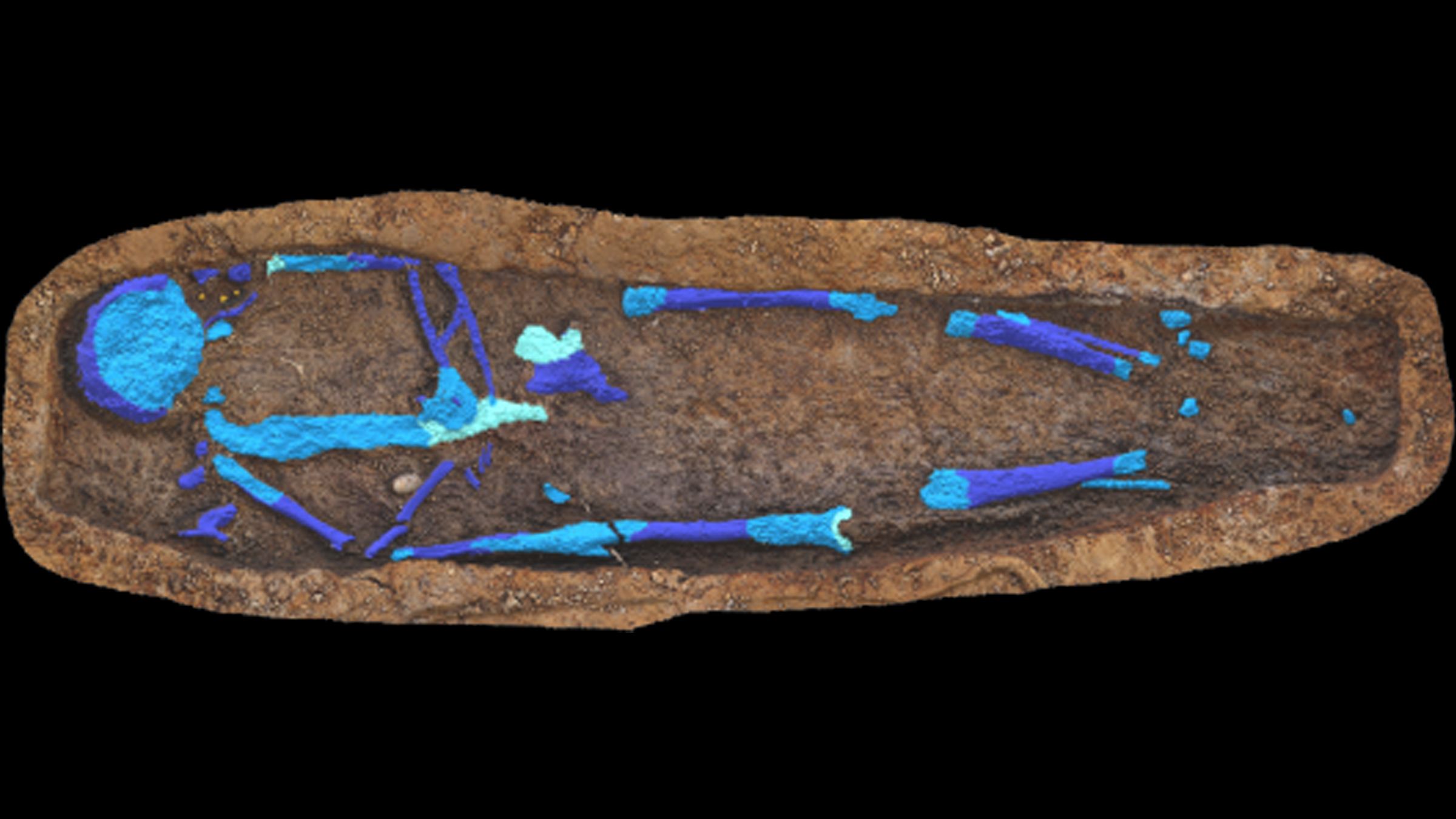Symmetry, Vol. 15, Pages 1201: Tailoring a Behavioral Symmetry on KERMA, Mass Stopping Power and Projected Range Parameters against Heavy-Charged Particles in Zinc-Tellurite Glasses for Nuclear Applications
Symmetry doi: 10.3390/sym15061201
Authors: Lidya Amon Susam Ayberk Yilmaz Ghada ALMisned Hatice Yilmaz Alan Gizem Ozturk Gokhan Kilic Bahar Tuysuz Selin Ece Topuzlar Baki Akkus Antoaneta Ene Huseyin Ozan Tekin
We present the behavioral changes and symmetrical enhancement on KERMA, mass stopping power and projected range parameters against heavy-charged particles through Indium (In) and Tantalum (Ta) incorporations for various zinc-tellurite glass groups such as TZI and ZTT for nuclear applications. SRIM and PAGEX codes are utilized for the determination of investigated attenuation parameters for alpha and proton particles. In KERMA calculations, the ZTT7 sample is reported to have the greatest release of charged particles because of an increase in kinetic energy. The mass stopping power values of all absorbent glass materials are steadily increased from 0 MeV to 0.1 MeV. TZI and ZTT attained their maximum mass stopping power at a kinetic energy value of 0.1 MeV. While comparable behavior patterns are seen for various energy values on the examined energy scale, the ZTT7 sample is observed with lower mass stopping power and projected range values against proton particles than the other samples. It can be concluded that zinc-telluride glasses through maximum Ta-reinforcement may be considered as promising materials for stopping the proton and alpha particles. Moreover, Ta-reinforcement may be considered as a monotonic tool in terms of providing a symmetry for attenuation enhancement against heavy-charged particles.

 10 months ago
26
10 months ago
26


